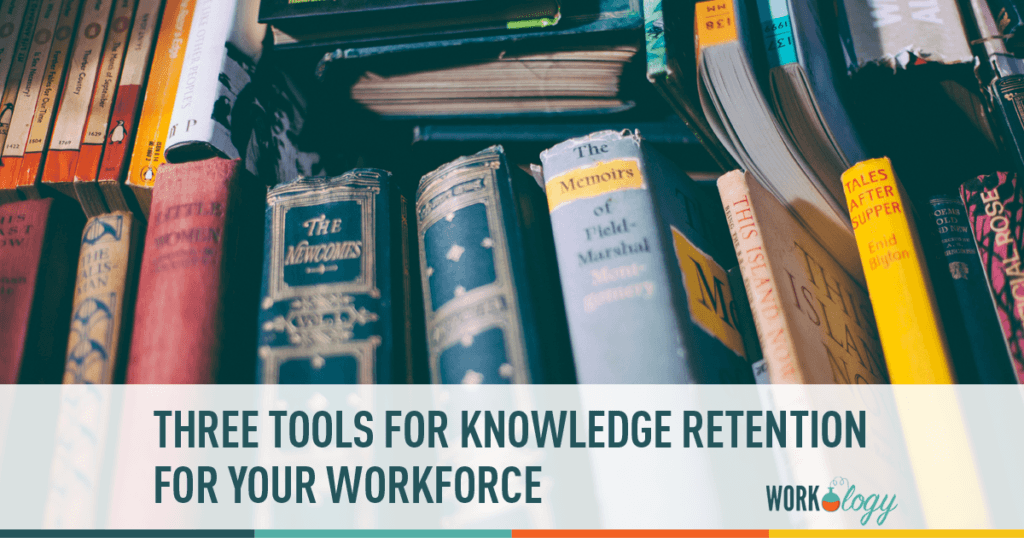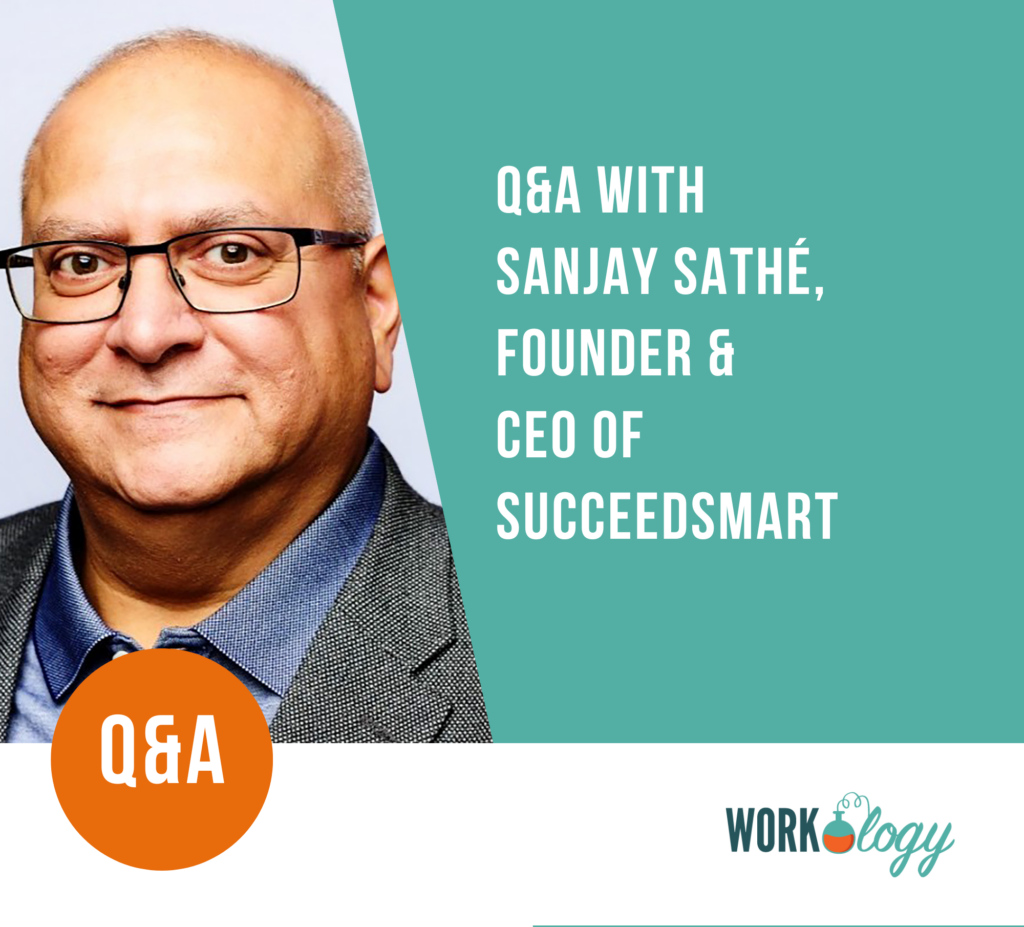Knowledge Retention for Your Knowledge Worker
Knowledge retention is a major problem that many businesses are currently facing as a result of layoffs and the retirement of “boomers.” Too frequently, we let people leave without adequately documenting what they know, who they know, and how they operate. Knowledge loss will increase when the economy strengthens because undervalued employees will leave and migrate to businesses where they can earn more and feel better. Sometimes the cornerstone of the workplace, our knowledge worker, also retires, and we lose their invaluable knowledge, experience, and insights. To help you prevent this in your company here are three tools for knowledge retention.
An article in the Atlanta Business Chronicle, titled Cos. Can Capture know-how of retiring workers offered a few suggestions on how companies can do some knowledge transfer. These included:
- Mentoring programs
- Cross-generational teams
- Convincing retiring workers to stay longer to teach someone
- Putting retiring workers on a contract to be on call
To me these suggestions are incomplete and don’t really address how you actually go about capturing information.
First Method: Thoroughly Document Every Workplace Procedure and Process
The first method comes from the book The E-Myth by Michael Gerber. In his book, which is about being an entrepreneur, he advises that you approach the creation of your business as if you were creating a franchise. Every step of the franchise setup process must be carefully documented so that anyone might take over simply reading the paperwork for each task. The same applies to positions and departments.
But in my opinion, not enough jobs have this paperwork. Everybody doing it and having each employee create this kind of documentation would be excellent. That may be an impossible goal. Every retiring employee should at the very least be required to create that kind of documentation. They and the trainee could create this documentation if they are preparing someone to take their place.
Second Method: Document, Document, Document Problems & Solutions
A second approach is derived from consulting procedures. Many consulting firms demand that consultants document the jobs they have accomplished, including any issues they have run into and the solutions they have come up with. Future consultants can access this data because it is stored in a central database. By doing so, they can check to see if a similar issue has ever been encountered before, possibly saving them from having to “invent the wheel.” Knowledge is thus kept for far longer than the consultant’s employment.
Third Method: Workplace Questionnaire
A third method comes from one of my favorite business gurus, Harvey Mackay. He realized a long time ago that for his business to be successful he could not afford to re-invent relationships with customers every time a sales rep left his job. He realized that knowing your customer beyond numbers of the business is critical to the success of the company. The soft relationship stuff is important. To this end he developed what he calls his Mackay 66. It is a questionnaire of 66 questions that gets to the wants, likes, dislikes, points-of-view, education, family, interests and aspirations of the customer and your workplace. He also has versions for competitors and employees. Each successive employee coming into a position has access to these files so that “new” relationships can be forged more quickly than the might normally.
So think about your knowledge retention processes and see if some of these tools might help you and your company do a better job in retaining the hard earned knowledge that the company has paid for. At a minimum you as a professional HR person should use these tools yourself.










Comments are closed.